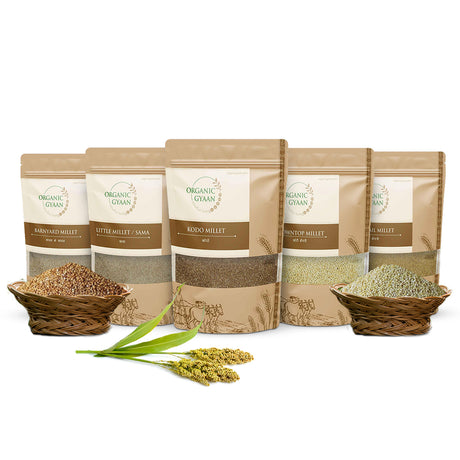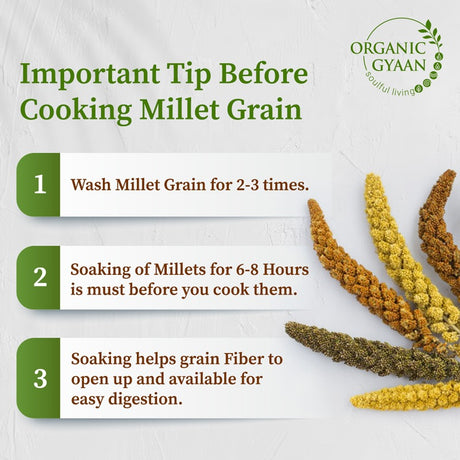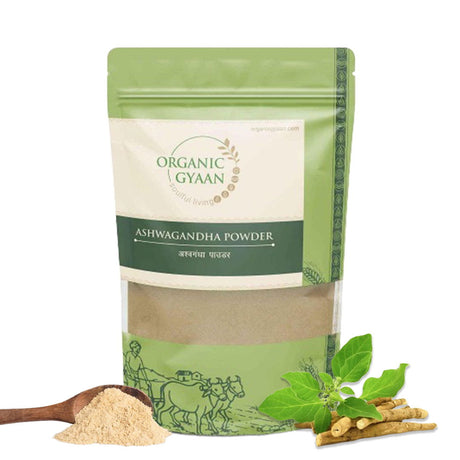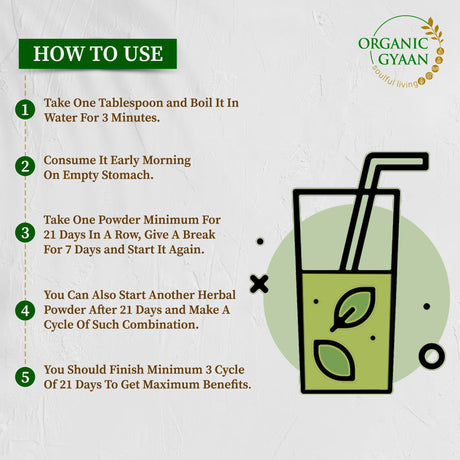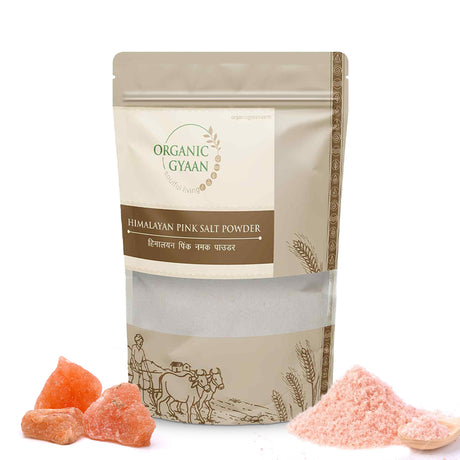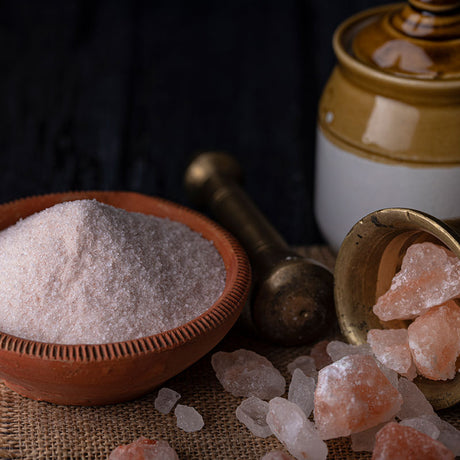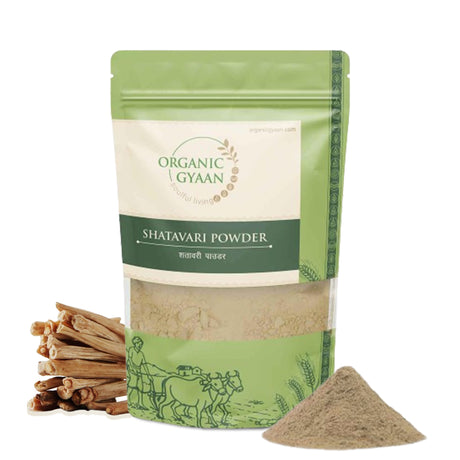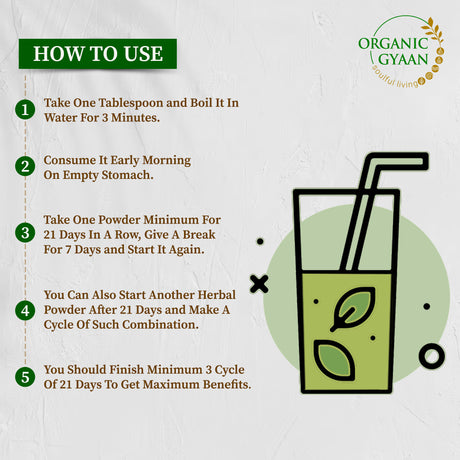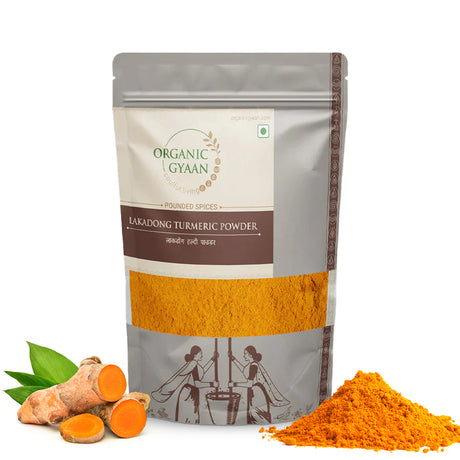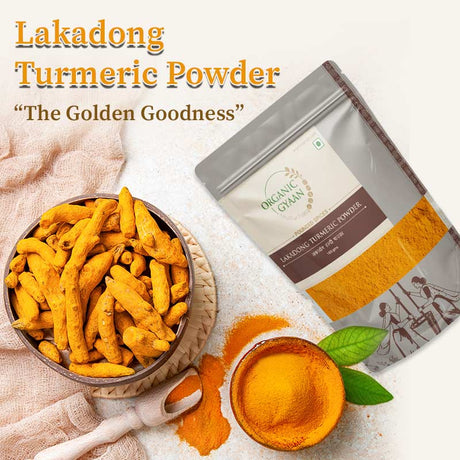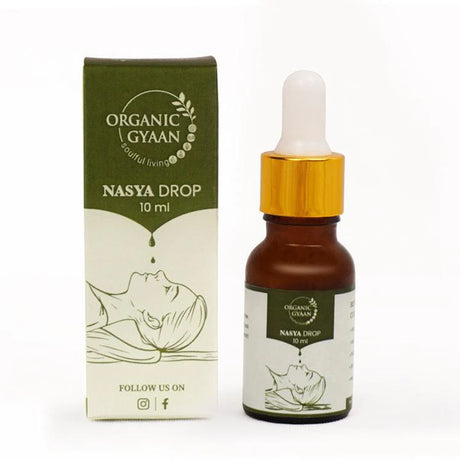Imagine a crop that thrives in poor soils, survives with minimal water, and battles climate change with grace. Enter millets, the ancient grains making a monumental comeback, not just on our plates but as the beacon of sustainable agriculture. As the world grapples with feeding a growing population under the looming threat of climate change, millets offer a solution that's both ancient and futuristic.
The Rise of Millets in Sustainable Agriculture
Millets, comprising various small-seeded grasses, are hardy crops known for their resilience to harsh environmental conditions. These grains have been cultivated for thousands of years yet were overshadowed by more water-intensive crops like wheat and rice. Today, as sustainability becomes crucial, millets are regaining their rightful place in agriculture and diets worldwide.
Key Insights and Environmental Benefits
1. Low Water Requirement
Millets are drought-resistant, requiring significantly less water for cultivation compared to traditional grains like wheat and rice. This characteristic makes millets incredibly valuable in arid and semi-arid regions where water scarcity is a critical issue. By consuming less water, millets not only ensure that precious water resources are conserved but also allow for agriculture in areas where water-intensive crops would not be viable. Their ability to grow with minimal water input aligns perfectly with sustainable agricultural practices, offering a practical solution to water-related challenges in farming.
2. Climate Resilience
Millets possess an innate resilience to climatic stresses, including drought, high temperatures, and poor soil fertility. This resilience stems from their genetic diversity and adaptive characteristics, which enable them to flourish in harsh environmental conditions where many other crops would fail. Millets' ability to withstand climate variability is a crucial factor in ensuring food security in the face of global climate change. As temperatures rise and weather patterns become more unpredictable, millets stand out as a crop capable of adapting to changing climates, making them a key player in sustainable agriculture's future.
3. Biodiversity and Soil Health
The cultivation of millets contributes significantly to agricultural biodiversity, which is essential for resilient farming systems. Unlike monocultures that deplete soil nutrients and reduce biodiversity, millets can be grown in mixed-cropping systems, enhancing soil health and promoting a diverse ecosystem. Millets help in maintaining soil fertility by preventing erosion, improving water retention, and supporting beneficial microorganisms. Their role in enhancing soil health further underscores their importance in sustainable farming practices, promoting a balanced ecosystem that supports a wide range of plant and animal life.
4. Supporting Farmer Livelihoods
Millets offer a sustainable livelihood option for farmers, especially in marginal and resource-constrained environments. Given their low input requirements for water, fertilizers, and pesticides, millets provide an economically viable option for smallholder and marginal farmers. The cultivation of millets can be a strategic choice in areas susceptible to climate shocks, ensuring food security and income stability for farming communities. By encouraging the cultivation of millets, sustainable farming initiatives can empower farmers, reduce poverty, and contribute to rural development.
5. Reducing Carbon Footprint
Millets have a smaller carbon footprint compared to many other crops due to their minimal requirements for synthetic inputs such as fertilizers and pesticides. Their cultivation contributes to reduced greenhouse gas emissions, a critical factor in mitigating climate change. By integrating millets into farming systems, it's possible to reduce the overall carbon footprint of agriculture, making it more sustainable. The environmental benefits of millets, combined with their nutritional advantages, position them as a crop that can contribute significantly to sustainable food systems and environmental conservation.
Supporting Facts and Figures
Research indicates that millets use over 70% less water than rice and can thrive in poor soil conditions without heavy use of fertilizers. This not only conserves precious water resources but also reduces the dependency on chemical inputs, making farming more sustainable and eco-friendly.
Exploring Millets' Role in Sustainable Farming
1. Drought Resistance: Millets' remarkable ability to grow in water-scarce areas makes them a critical crop in ensuring food security in increasingly arid climates.
2. Reducing Carbon Footprint: With minimal requirements for chemical fertilizers and pesticides, millets contribute to lower greenhouse gas emissions associated with agricultural production.
3. Enhancing Farmer Livelihoods: Millets can grow in marginal lands where other crops fail, offering farmers a reliable source of income even in challenging environmental conditions.
Actionable Strategies for Promoting Millet Cultivation
1. Policy Support: Governments and agricultural bodies can offer incentives and support for farmers transitioning to millet cultivation.
2. Research and Development: Investing in research to develop high-yield, disease-resistant millet varieties can further enhance their appeal.
3. Consumer Awareness: Educating consumers about the health and environmental benefits of millets can increase demand and encourage more farmers to cultivate these grains.
The Way Forward with Millets
The future of sustainable farming shines brighter with millets. As we strive to balance the demands of a growing population with the need to conserve our planet, millets emerge as a solution that can address food security, environmental sustainability, and economic viability for farmers.
Conclusion
Millets are not just grains of the past but are indeed the crops of the future. Their contribution to sustainable agriculture is invaluable, offering a way to mitigate climate change, conserve water, and support biodiversity. As we embrace these ancient grains, we pave the way for a more sustainable, resilient, and healthy world.
Join the movement towards a sustainable future by incorporating millets into your diet, supporting policies that promote their cultivation, and spreading the word about their environmental benefits. Together, we can make a difference, one grain at a time.


